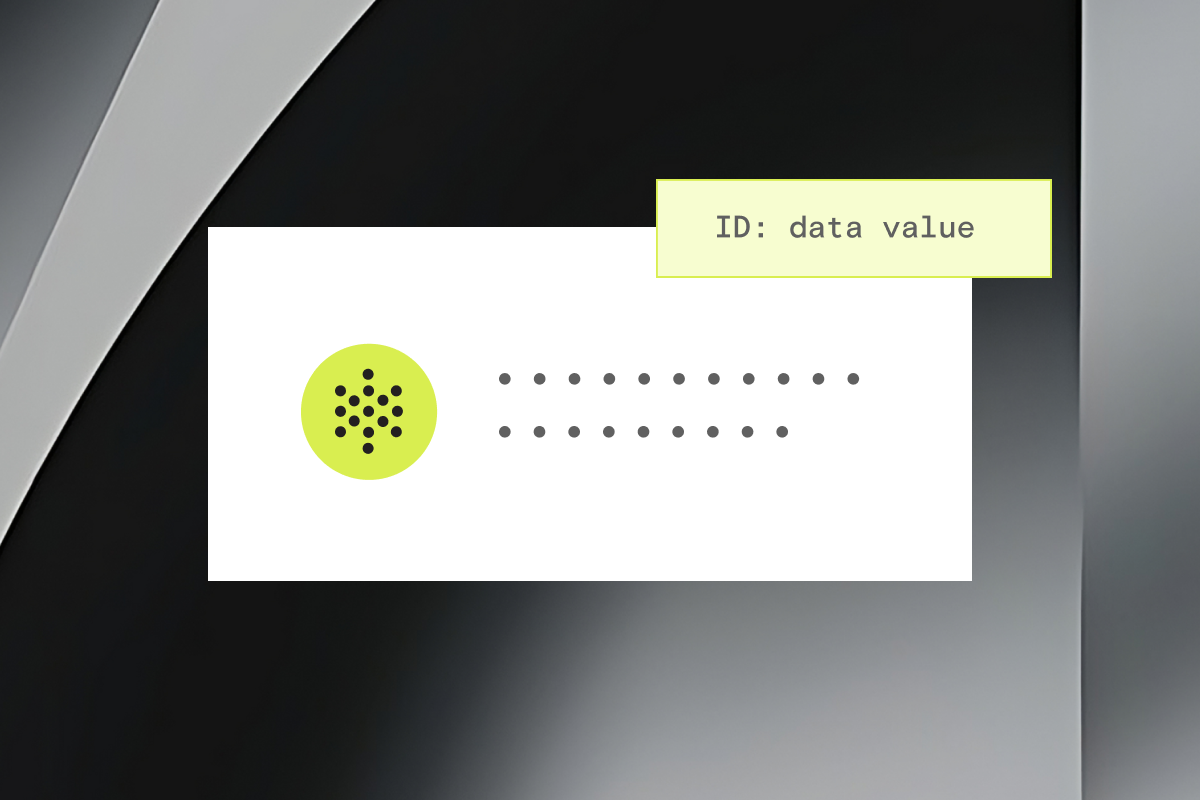Contact centers sit on a gold mine of conversational data. The challenge they face is turning that information into a structured format that can be used to improve customer experience, streamline operations, and enhance products and services.
The following companies have partnered with PolyAI to launch customer-led voice assistants that fully resolve a variety of customer queries. Read on to discover how they’ve leveraged insights from the voice assistant to make operational changes that drive results.
1. How an automotive company used caller insights to reduce misroutes and improve the agent experience
This multinational automotive company noticed that a significant number of calls were being routed to the wrong agent.
It was clear that the existing IVR was not effectively capturing callers’ needs.
Because the company didn’t have structured data on why customers were calling, they didn’t know how to restructure their Automatic Call Distribution (ACD) solutions to route calls to the right agents and save minutes within the call center.
The company replaced their IVR with a customer-led voice assistant that allowed customers to explain their problems in their own words.
The voice assistant automatically turned each conversation into structured data that enabled the company to see why customers were calling and where there was friction in the customer journey.
Using the PolyAI dashboard, the company can see why customers are calling at a granular level. With these insights, they have been able to better allocate their resource.
Understanding trends in intent has helped shape future business decisions and identify where a voice assistant could manage future customer interactions, freeing up agents to focus on more complex queries.
2. How a restaurant group used caller insights to improve operational efficiency and maximize revenue opportunities
Staff at this national restaurant chain were rushed off their feet greeting and serving guests. They were also expected to answer the phone and take bookings, but they were missing 30% of calls while they served guests on site. Each missed call presented a potential missed revenue opportunity, but hiring dedicated staff to answer calls was cost prohibitive.
Deploying a voice assistant enabled the restaurant to take reservations and answer questions over the phone, freeing up staff to focus on guests on-site. Callers can speak freely, booking tables for “me and my friend” instead of 2 people, and the voice assistant understands.
Before deploying a voice assistant, restaurants were turning away customers based on the availability in a poorly configured booking system.
With the insights surfaced by the voice assistant, the restaurants could combine and re-organise tables and booking slots to better reflect demand. For example, configuring more tables for 2 on Valentines day. This meant restaurants could accommodate more guests, generate more revenue, and reduce the number of customers they were unnecessarily turning away.
3. How a multinational logistics company used insights to enhance its service offering
Customers called this multinational logistics company to find out where their package was and how they could reschedule delivery. Call volume was high, and customers were left waiting on hold for an average of 34 minutes.
To reduce pressure on the contact center, the company developed a chatbot. They also worked with a large voice automation vendor to enable callers to track deliveries without speaking to an agent. But customers didn’t trust the automated systems. They wanted to explain why their tracking query was urgent and appeal to agents to make allowances given their circumstances.
The company deployed a customer-led voice assistant capable of using an empathetic tone to explain decisions to callers. The empathetic tone creates trust in the voice assistant, and callers are more willing to accept the voice assistant’s response, even if the outcome isn’t what they’re hoping for.
An increasing number of customers requested to pick up their delivery from the depot, which the company didn’t allow. The voice assistant collected data highlighting the increase in this type of request. The data justified changing business rules to allow customers to pick up their delivery instead of waiting at home.
Now, when the customer calls, the voice assistant collects their details and arranges a collection time via email with the depot directly. This service change improves the customer experience and alleviates pressure on delivery drivers during peak seasons.
Conclusion
With access to real-time structured data, friction in the customer journey is no longer hidden, teams overwhelmed with increasing call volume can get the support they need, and insights can be used to anticipate peak call volume better.
Using the insights generated by customer-led voice assistants, your operational decisions are data-driven, not based on assumptions.




